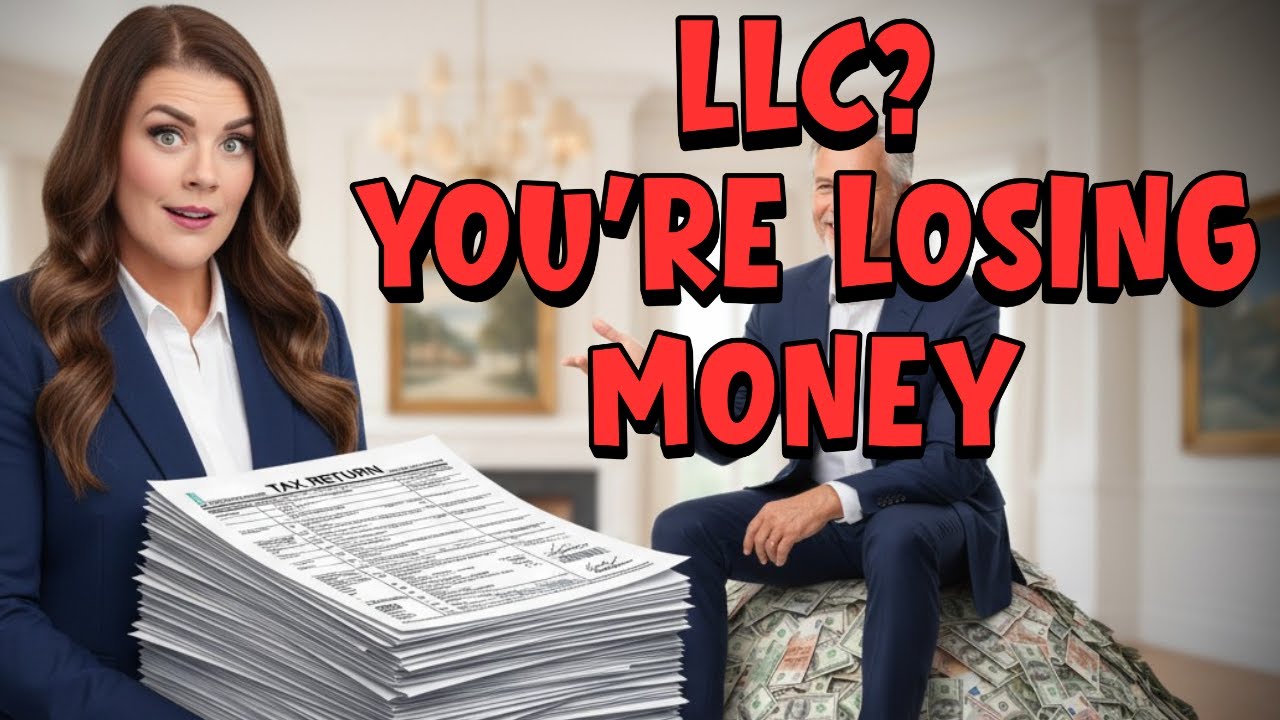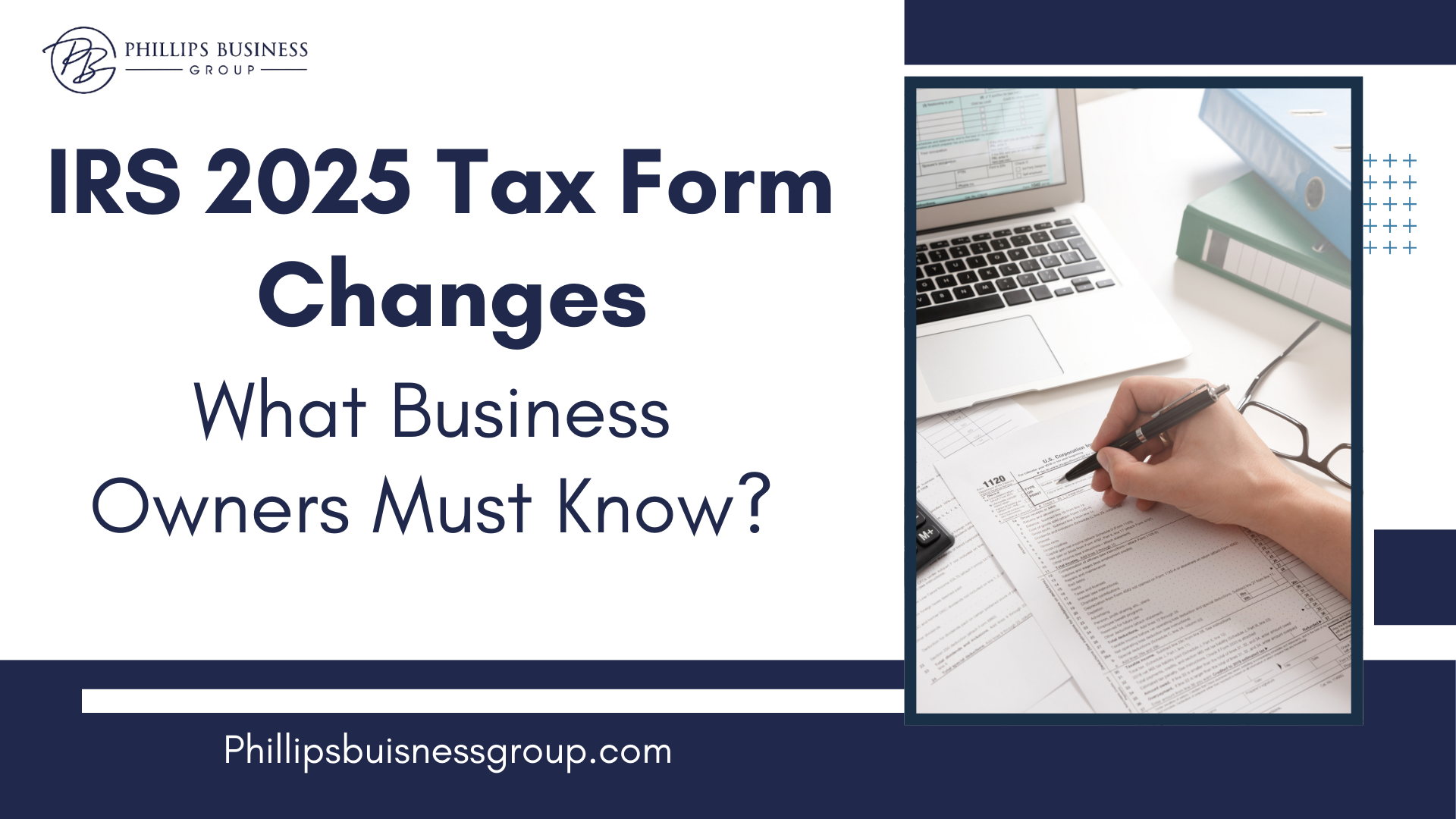If you could turn your W-2 income into tax-free wealth, would you want to know how?
Most people think building wealth means earning more—but the truth is, it’s about keeping more of what you earn. One of the most powerful and misunderstood strategies in the entire IRS tax code is the Real Estate Professional Status (REPS).
At Phillips Business Group, we’ve helped clients eliminate six-figure tax bills legally—by leveraging the IRS-approved real estate professional designation. In this post, you’ll learn exactly how it works, who qualifies, and how even W-2 employees can use this strategy to transform their finances.
Why the Wealthy Love Real Estate: It’s About Taxes, Not Just Cashflow
Most investors buy real estate for cashflow and appreciation. The wealthy, however, buy real estate for the tax benefits first—everything else is a bonus.
Let’s look at a real-life example:
A software engineer earning $200,000 per year with two kids was paying nearly $60,000 annually in taxes. After implementing the Real Estate Professional Strategy, their tax bill went to zero in six months—completely legally.
How the Real Estate Professional Status Works
The IRS created a special classification called Real Estate Professional Status (REPS). If you qualify, you can use real estate losses to offset ordinary income, including W-2 wages.
Normally, passive losses from rental real estate can’t offset active income. But REPS changes that. Once you qualify, your real estate activities are considered active, allowing you to offset:
✅ W-2 Income
✅ Business Income
✅ Investment Income
It’s one of the most powerful tax advantages available to U.S. taxpayers.
The Two Key Tests to Qualify
To qualify as a Real Estate Professional, you must meet both tests:
-
750-Hour Rule: Spend at least 750 hours per year on real estate activities (like managing, maintaining, or improving rental properties).
-
More-Than-Half Rule: Spend more than half of your total working hours on real estate activities.
For most full-time employees, that’s tough to meet personally. But here’s the secret advantage…
The Hidden Opportunity for Married Couples
If you’re married and file jointly, either spouse can qualify your entire return for REPS.
In our earlier example, the software engineer worked full-time, but his wife—a stay-at-home mom—handled their real estate portfolio. She managed tenants, coordinated repairs, and documented everything. By logging over 750 hours, she qualified as a Real Estate Professional.
That meant their entire joint tax return benefited, allowing rental property losses to offset his W-2 income.
If one spouse has flexibility, this is a massive tax advantage waiting to be unlocked.
The Power of Cost Segregation: Accelerating Your Tax Deductions
Once qualified, the next step is to maximize your deductions using cost segregation—a strategy that breaks down your property into components (like appliances, carpets, and fixtures) that depreciate faster.
Normally, depreciation happens over 27.5 years. With cost segregation, you can accelerate 20–30% of a property’s value into the first year.
For example:
-
On a $300,000 property → instead of $11,000 in annual depreciation, you might get $60,000–$90,000 in the first year.
-
Buy two such properties and you could generate $150,000–$200,000 in deductions.
-
At a 30% tax bracket, that’s $45,000–$60,000 in immediate tax savings.
Real Client Example: $90,000 Saved in One Year
A consultant earning $400,000 annually was paying $120,000 in taxes. His wife left her job to manage their $800,000 rental property.
Through cost segregation, we accelerated $240,000 of depreciation into year one. Combined with other deductions, their total real estate loss reached $270,000.
Because his wife qualified for REPS, that loss offset his consulting income—reducing taxable income from $400,000 to $130,000, and cutting their tax bill from $120,000 to $30,000.
They saved $90,000 in a single year, while keeping a cash-flowing property.
What About Depreciation Recapture?
When you sell a property, you may have to repay some of your depreciation—known as recapture tax.
However, there are ways to defer or avoid it entirely:
-
Use 1031 Exchanges to roll gains into new properties.
-
Or hold the property until death—your heirs receive a stepped-up basis, eliminating recapture completely.
The key takeaway? You get the tax savings today when they matter most.
Audit Risk: Is It Too Good to Be True?
Real Estate Professional Status is one of the most audited areas of the tax code—but that doesn’t mean you should avoid it. You just need to document everything properly.
Here’s what to track:
-
Date of each activity
-
Time spent
-
Specific tasks (tenant calls, maintenance, showings, research, etc.)
Maintain a contemporaneous log—don’t recreate it months later. One or two properties can qualify; it’s about time spent, not number of doors.
Advanced Strategies to Supercharge Your Tax Savings
Once you understand REPS, you can combine it with other powerful tax tools:
1. Short-Term Rentals
If your average guest stay is 7 days or less, you can get REPS-like benefits without qualifying for REPS—because short-term rentals are exempt from passive loss rules.
2. Grouping Election
Own multiple rentals? Group them together for easier qualification and maximum deductions.
3. Bonus Depreciation
Pair REPS with bonus depreciation for even bigger first-year write-offs.
4. Self-Directed Retirement Accounts
Use your IRA or 401(k) to invest in real estate and compound tax-free growth.
Common Pitfalls to Avoid
❌ Don’t try to qualify retroactively—the IRS requires real-time logs.
❌ Don’t count personal-use properties.
❌ Don’t underestimate the “more than half” test.
Work with a CPA who understands REPS and can help you structure your activities from day one.
How to Get Started
If you’re considering the Real Estate Professional Strategy:
-
Start documenting now. Keep a daily log of your real estate activities.
-
Review your structure. If you’re married, see if one spouse can qualify.
-
Plan ahead. Combine REPS with cost segregation, 1031 exchanges, and bonus depreciation for optimal results.
Even with one or two properties, you can legally eliminate taxes and build long-term wealth through real estate.
Final Thoughts: Knowledge Is Power—Action Creates Wealth
The question isn’t whether these strategies work—they absolutely do. The real question is whether you’ll take action.
At Phillips Business Group, we help high-income earners and business owners legally reduce taxes, protect assets, and build lasting wealth.
If you want to dive deeper into Real Estate Professional Status and other proven tax-saving strategies, grab your copy of my book at yourbiggestexpense.com.
And remember—it’s not about how much you make, but how much you keep.
🧾 Frequently Asked Questions (FAQs)
1. What is Real Estate Professional Status (REPS)?
Real Estate Professional Status (REPS) is an IRS-approved tax classification that allows qualified taxpayers to use real estate losses to offset their ordinary income — including W-2 wages. It’s one of the most powerful ways to legally reduce your tax bill while building wealth through real estate.
2. How many hours do I need to qualify as a Real Estate Professional?
To qualify for REPS, you must spend at least 750 hours per year on real estate activities and more than half of your total working hours in real estate. Activities include managing properties, coordinating repairs, handling tenants, and conducting market research.
3. Can my spouse qualify for Real Estate Professional Status if I have a full-time job?
Yes. If you’re married and file jointly, only one spouse needs to meet the IRS requirements. This allows the entire joint return to benefit from the Real Estate Professional Status, even if the other spouse works full-time in a non-real estate job.
4. Is the Real Estate Professional Strategy legal and safe?
Absolutely. The Real Estate Professional Strategy is 100% IRS-approved when implemented correctly. The key is documentation — keeping a detailed, contemporaneous log of your real estate activities to prove your qualification if ever audited.
5. What is a Cost Segregation Study, and how does it help reduce taxes?
A Cost Segregation Study identifies components of a property — such as flooring, fixtures, and appliances — that can be depreciated over shorter time periods. This allows you to accelerate deductions and significantly reduce your tax bill in the first year of ownership.
6. Do I need multiple rental properties to qualify for REPS?
No. You can qualify as a Real Estate Professional with just one or two rental properties, as long as you meet the time and activity requirements. What matters most is how much active participation you have in managing and improving your properties.




